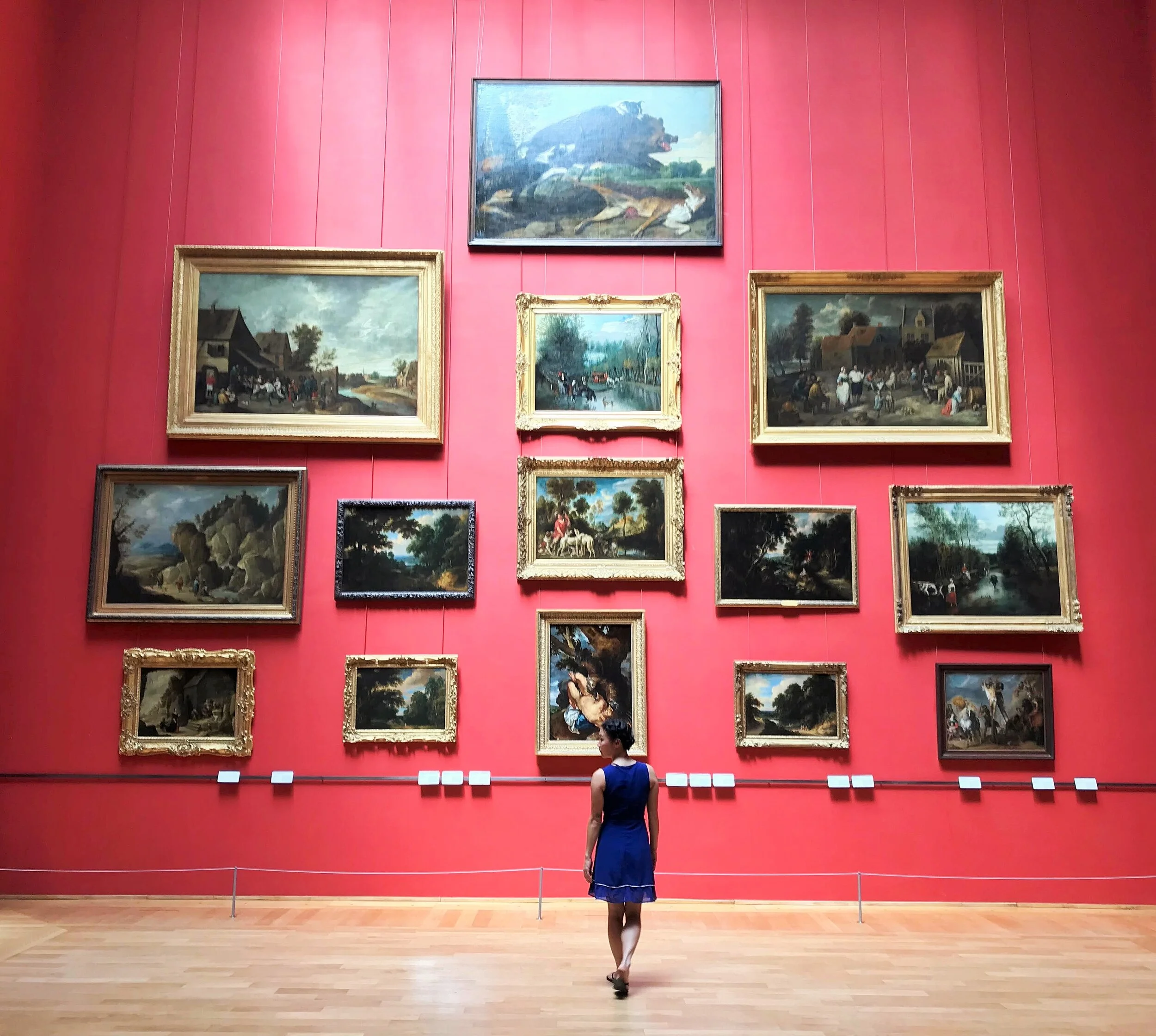Canvas Rebel
Meet Pennylane Shen
Read full article online HERE
We caught up with the brilliant and insightful Pennylane Shen a few weeks ago and have shared our conversation below.
Alright, Pennylane thanks for taking the time to share your stories and insights with us today. We’d love to go back in time and hear the story of how you came up with the name of your brand?
The name Dazed and Confucius came to me as a playful, yet meaningful reflection of the journey many artists face when starting out. It’s a nod to the 1993 cult classic film Dazed and Confused, which captures the uncertainty and chaos of young adulthood—a feeling I saw mirrored in countless emerging artists as they stepped out of the academic world and into the reality of the art industry. Many of them found themselves overwhelmed and, frankly, a bit lost when it came to navigating the business side of their practice. I saw the same pattern over and over: brilliant artists making simple, avoidable mistakes when applying to galleries or presenting their work.
The “Confucius” part of the name speaks to the other half of what we do—providing guidance, clarity, and wisdom to those artists who find themselves in that confused state. For me, it was also a personal nod to my Chinese heritage, which plays an important role in how I approach both life and business.
When I started the company, I wanted the name to reflect both the challenges and the solutions we offer. It captures the humor in the struggle and acknowledges that feeling lost is a normal part of the artist’s journey. But it also hints at the transformation we help facilitate—turning that initial confusion into confidence and direction. Ultimately, the name represents the heart of our mission: guiding artists through the often-daunting landscape of the art world with both practical advice and a deep respect for their creative vision.
Awesome – so before we get into the rest of our questions, can you briefly introduce yourself to our readers.
As an artist consultant, curator, and educator, I’ve dedicated my career to helping artists succeed in the ever-evolving art industry. Since 2006, through my company, Dazed and Confucius, we have had the privilege of offering personalized, one-on-one consultations to thousands of artists each year. In addition to working directly with artists, we provide business development seminars to audiences around the world, bridging the gap between the creative and the practical sides of the art world.
At Dazed and Confucius, we recognize that being an artist is about more than just making art—it’s about building a sustainable career. That’s why we offer a range of services designed to support artists in both their creative practice and their professional development. From website development to crafting and reviewing contracts, to editing artist statements and grant applications, we aim to equip artists with the tools they need to navigate the complexities of the art industry.
What truly sets us apart is our core philosophy: we believe that a successful art career begins with a strong sense of identity and concept. While many artist consultants focus primarily on marketing and sales, we prioritize the quality and authenticity of the artwork itself. Our goal is to help artists refine their voice, develop meaningful bodies of work, and ultimately connect with their audience in a way that is both impactful and sustainable.
I find immense joy in guiding artists through this journey—helping them balance the business side of their practice while remaining true to their creative vision. It’s this intersection of art and strategy that drives me every day, and I’m honored to be part of so many artists’ journeys.
We often hear about learning lessons – but just as important is unlearning lessons. Have you ever had to unlearn a lesson?
When I first started, I felt the need to pack as much as possible into a 50-minute session with a client. I could clearly see their trajectory and had so many problem-solving ideas that I felt compelled to cram them all into one session to ensure they felt they were getting value. I was also so eager to share these new strategies that I struggled to deliver them in manageable portions. However, I quickly realized how overwhelming this approach could be. People, especially creatives, appreciated concrete steps and tasks they could work on within a specific timeframe. This shift not only made the process more effective but also allowed me to develop a long-term relationship and plan with each artist, rather than overwhelming them with information and leaving them to figure it out on their own.
Have you ever had to pivot?
COVID was a major turning point for our company. Before the pandemic, much of our work with clients revolved around planning future exhibitions, managing artwork logistics, creating marketing materials, and other event-based activities. I traveled almost every month to meet clients in person around the world, believing it was essential to see the work firsthand.
The pandemic changed everything. I realized that viewing artwork in person, while once considered vital, was no longer necessary. My experience with diverse mediums and practices allowed me to assess work effectively without being physically present. As a result, we shifted almost entirely online. While I still meet clients in person at our office, over 95% of our interactions are now virtual. This transition has broadened our reach, enabling us to adopt a more global perspective and connect with a truly international audience; and as a bi-product, learn about trends in the global fine art industry.

